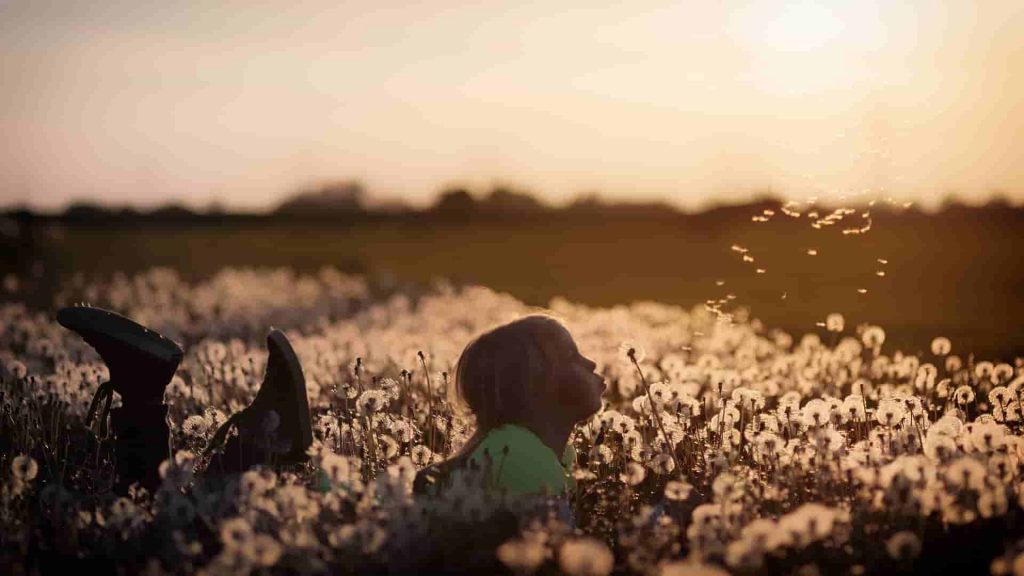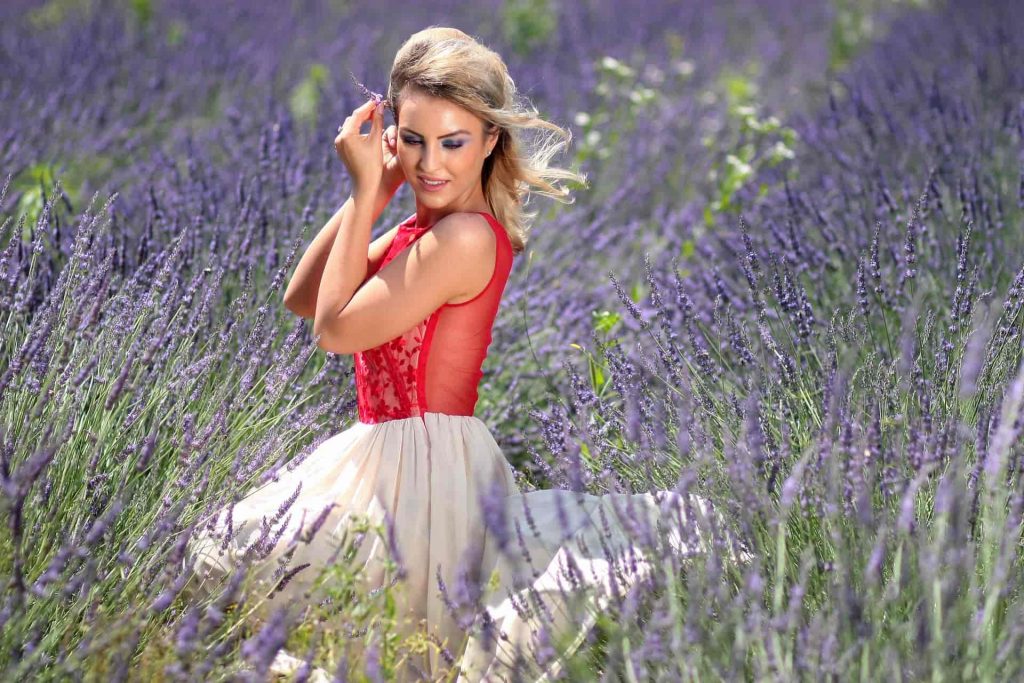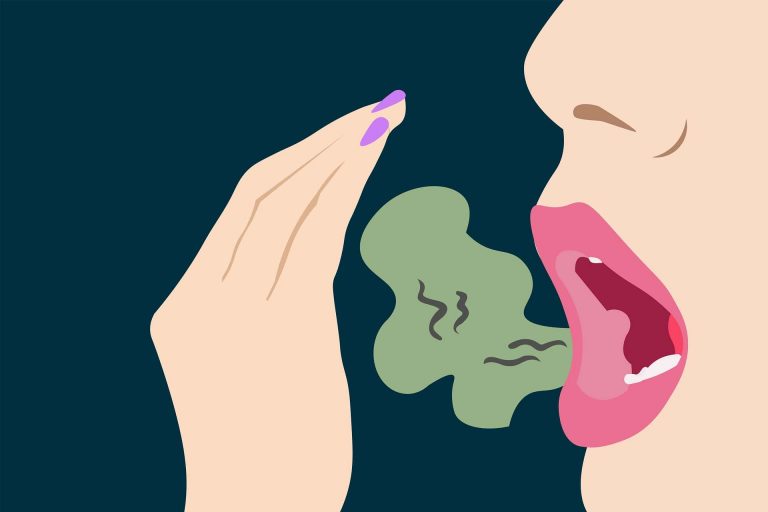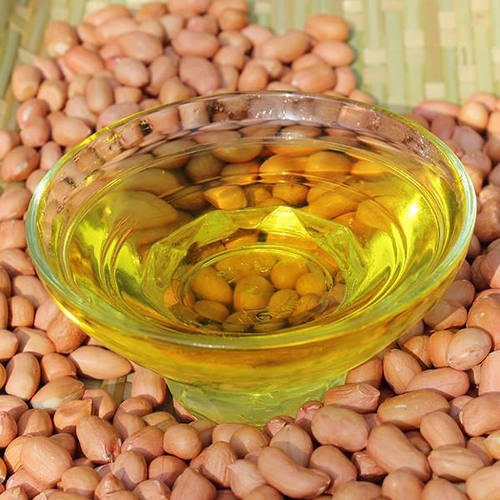Why Is FLOWERS TO EAT So Famous?
Flowers are actually old hat in the kitchen. In old cookbooks you can often find recipes with edible flowers. Read more about an old, new trend.
Ordinary flowers rarely appear on the menus of most restaurants. Nevertheless, the new trend is becoming increasingly popular. To be precise, it is just rephrasing an old trend.
While daisies, borage and violets were used very often in the past to give food that certain something, today they have been forgotten again.

An old custom
The tasty blossoms of many flowers came into action over 2,000 years ago. The Romans and the Aztecs knew how to use them in some dishes. The Greeks also seasoned them with flowers. From ancient times through the Middle Ages to the modern age, dishes that were seasoned with flowers were drawn.
Today, apparently only haute cuisine (French for “high cuisine”) remembers the elegant decoration variant.
Flowers to eat
Of course, not all flowers are suitable for eating. The following list is intended to provide an overview of some of the flower blossoms that are ideal for refining dishes.
- Daisies – these are especially popular for garnishing dishes. Daisies not only have the function of a food plant, but in rare cases are also medicinal plants. Salads and soups are flavored by adding the popular garden flowers. Open leaves and closed buds are used equally.
- Violet – this purple, popular flower not only looks pretty, but it can also be brought into play when cooking. The violet also cuts a fine figure when candied. So it can be used as a candy or simply decorate a dessert. In combination with tea, violets become a tasty hot drink.
- Pansies – not only do they belong to the same genus of plants, but they can also be used similarly in the kitchen.
- Chrysanthemum – the chrysanthemum is widespread in China as a medicinal plant and serves to strengthen. It also finds its way into salads and is used as a spice addition.
- Marigold – it is a real all-round talent and is used in butter, salads and cheese. For this, however, the marigold flowers should be fresh. They give soups and omelettes a special taste. The young leaves of the marigold are also edible.
- Dahlia – it’s very beautiful to look at and therefore very decorative in salads it not only acts as an ornament, but can also be eaten without any problems.
- Rose petals – with roses you immediately associate romance. The popular flowers can also be put on the menu to go with a romantic dinner. Pies, liqueurs and syrups describe only a narrow processing field. For seasoning, as well as candied, they are simply irresistible.
- Margarite – The yellow-white flowers can be picked and eaten from May to July. The flowers taste great in a pan with butter.
More tasty flowers:
- Lavender
- Dandelion
- Hay flowers
- And many more.

Caution poisonous!
In fact, some plants should only be used for ornament as they are very poisonous. When cooking with flowers, you should therefore always find out in advance which flowers are really suitable for cooking. If you are unsure – stay away!
- Thimble – even if it is very nice to look at, appearances are deceptive! Two to three leaves of the beautiful flower can be fatal.
- Herbstzeitlose – the autumn croup is often confused with the non-toxic wild garlic by laypeople. Nausea, vomiting, and dizziness are the first signs of confusion.
- Lily of the valley – they appear as a lovely motif in art and literature. You should not eat them; however, the toxicity is comparable to that of the thimble.
- Sharp buttercup – colloquially it is called “buttercup”. As harmless as its name sounds, the flower can become dangerous. Other poisonous flowers are z. B. the sweet clover, the Christmas rose, the hemlock, the deadly nightshade, …
Using the Flowers in the Kitchen
Flowers can be used in many ways on the menu. They still work best as an edible decoration.
- In various desserts, the flowers are sprinkled on the edge of the plate and then served to the guests.
- Enclosing flowers in ice cubes is a little fancier. It looks great, but it’s still very easy to do. After freezing, add to a fruity-fresh summer cocktail or punch – done.
- In addition to decoration, the flowers are also used as an inlay in soups. That gives them extra flavor.
- They are also great for omelets. Classic but fine – the flowers in salads. They not only give the salad a better taste, but also a finer look.
- These salads are particularly popular with vegans and vegetarians.
Tip: Especially in restaurants you often ask yourself whether you can eat the flower decorations on the plate – there is a simple answer – everything that is on the plate can also be eaten.
Tips for eating
What you should also consider:
- Do not use cut flowers from the nursery, as they have usually been treated with chemicals.
- Flowers from your own garden or untreated “organic flowers” are best .
- Generally only the flowers of the flowers are suitable for consumption. There are hardly any exceptions in this regard.
Specialties from the Far East
While the colorful flowers rarely find their way onto the menu in Europe, things look very different in Asia. There are edible flowers even as delicacies .
The elegant daylily bud is one of the most famous edible flowers in China and Japan. The name reveals a lot about the properties of the flower: each flower only lasts for a single day. Mild and juicy in taste, it is dried in the exotic areas and then used as a filler for selected soups.
The beautifully shaped flowers of the hosta flower should also not be missing on Chinese and Japanese menus.
When it comes to “edible flowers”, the Asians are way ahead of us.
Conclusion
With a little patience when searching and a lot of imagination when cooking, the preparation of a dish quickly becomes a “flowery experience”.






